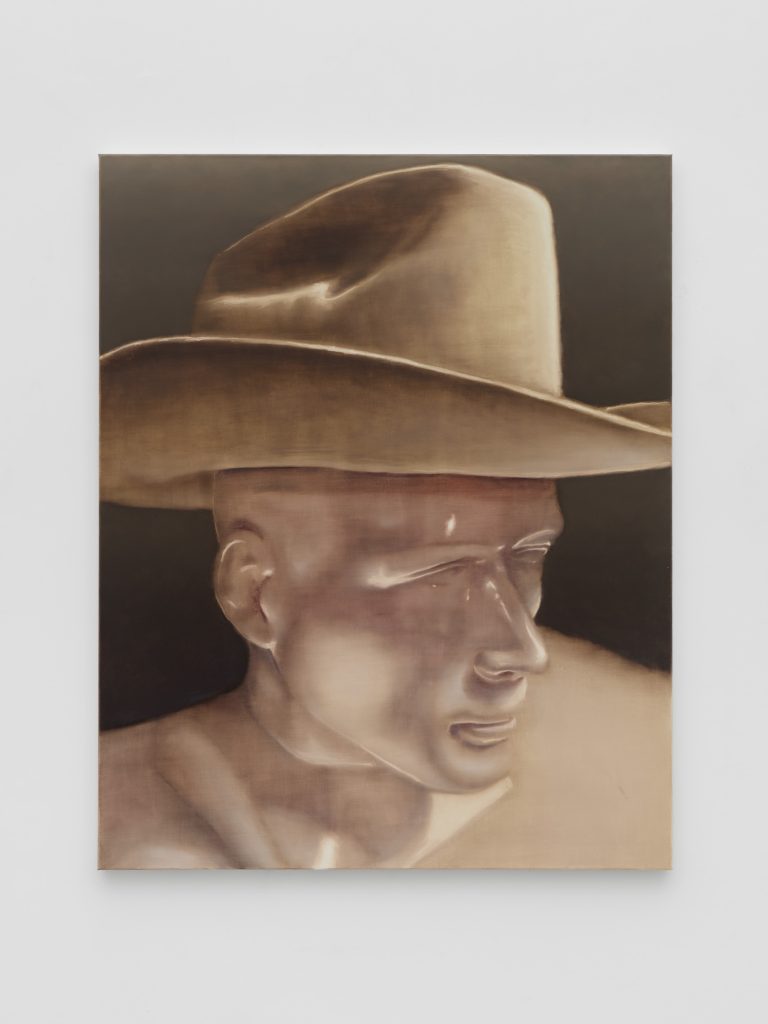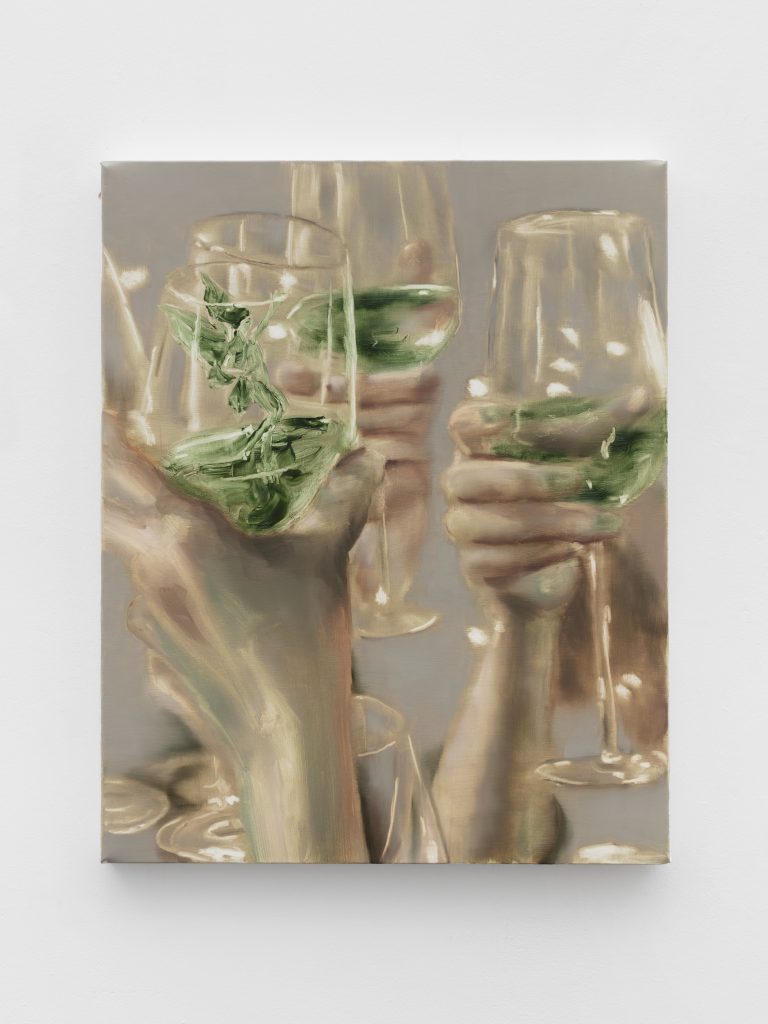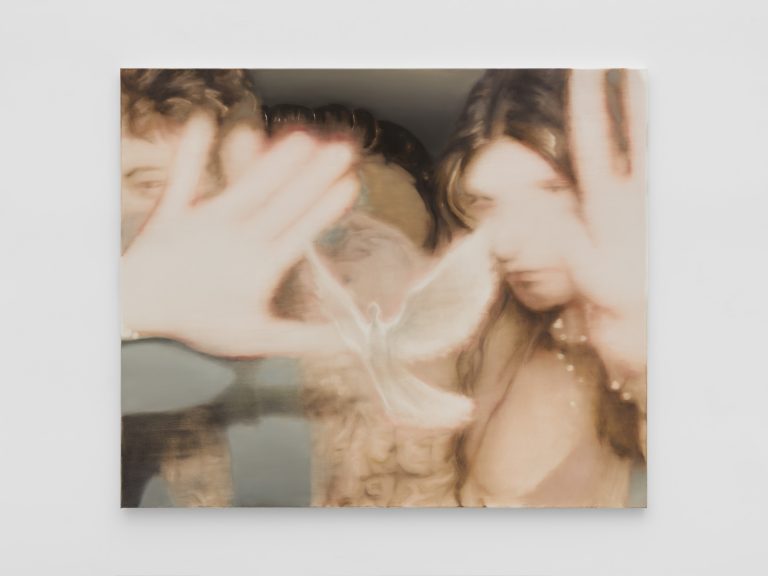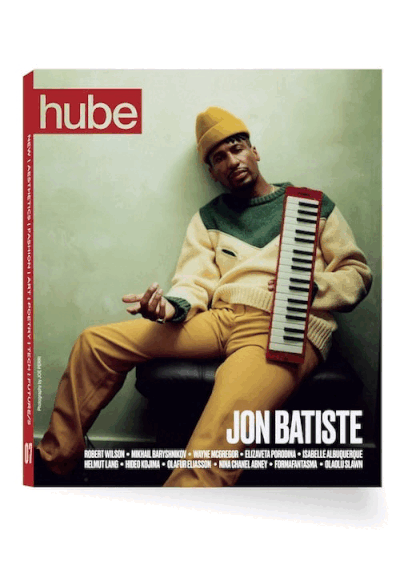
Frontierism, 2024

Initiation, 2022
Tomas Harker‘s paintings don’t just explore the blurred line between fantasy and reality – they challenge it. In his latest exhibition, The Lightness of Being, Harker weaves together cultural references, painterly textures, and philosophical musings to confront the uncertain terrain of contemporary life. In this interview, he unpacks the hidden forces shaping our world, the evolving nature of the self, and how his art becomes a visual commentary on a world in free fall.
hube: Your paintings often blur the lines between fairytale and reality, particularly in works like Multiple Choice Fairytale Ending. How do you think this ambiguity resonates with the uncertainties of contemporary life?
Tomas Harker: To me, this resonates because superstitions about what is real and what is not have moved from the fringe to the mainstream. The hyper-normal turmoil of distinguishing between ‘the real world’ and ‘the fake world’ is now a condition of contemporary life.
Behind the every day, it can seem as though a hidden logic is operating on a higher ontological level. It could be the invisible hand of economics, vast flows of information, Kafkaesque bureaucracies, or something with more benevolent omnipotence. Fairy tales and folklore are often cautionary, giving physical form to unseen forces.
h: In your recent exhibition The Lightness of Being, you explore the relationship between the self and the world through a veil-like softness in your compositions. How did you develop this idea of the painting as a ‘mediator’ between reality and belief?
TH: The physical qualities of the medium of paint are endlessly fascinating. There is a slippage between the physical object and what is represented, which defies absolute characterisation. I was thinking of the self as an amorphous and transient medium. Below the surface, representation is essentially unknowable. Rather than using the paintings to illustrate, I wanted them to rhyme with or perform this idea.

